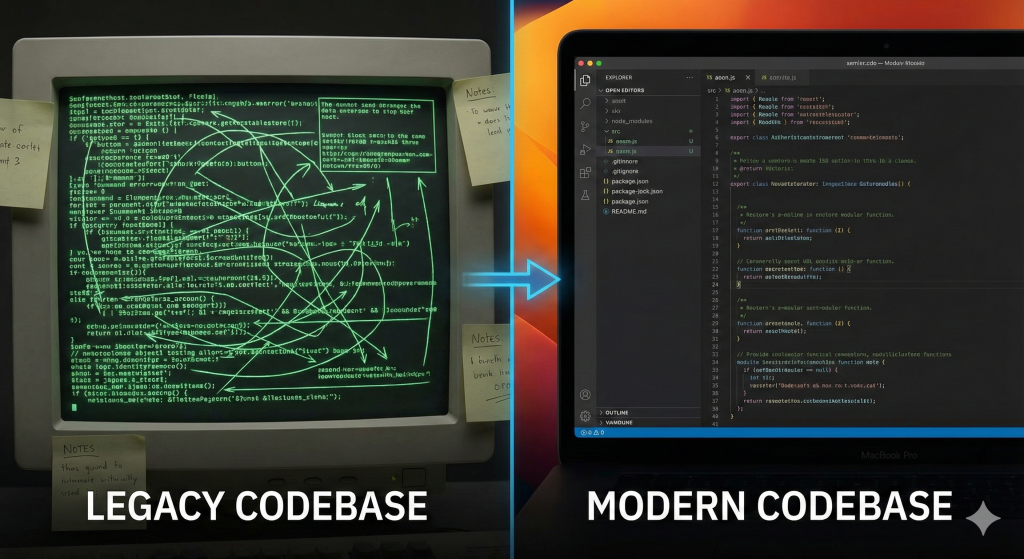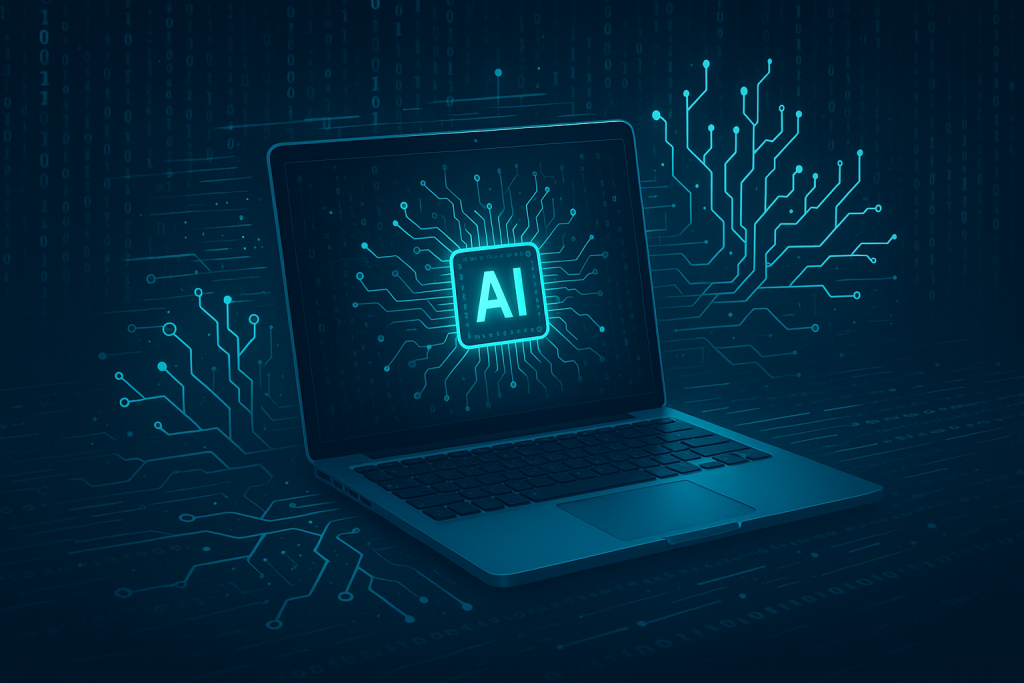Introduction to GraphQL and Its Advantages Over REST
GraphQL has rapidly become a leading technology in API design, offering unparalleled flexibility and efficiency compared to traditional REST APIs. Unlike REST, GraphQL allows clients to specify exactly what data they need, reducing over-fetching and under-fetching scenarios. This fine-grained control over data retrieval leads to increased performance, especially in complex systems. The ability to evolve APIs without versioning and its strong type system further contribute to its popularity among developers. In our journey towards building robust GraphQL APIs with Go, we will explore how these advantages empower you to design systems that are intuitive, fast, and highly customizable.
Setting Up Your Go Development Environment
Before diving into building your GraphQL API, it is essential to ensure you have a well-configured Go development environment. Start by installing the latest version of Go from the official website and set up your GOPATH correctly. You can use powerful Go modules to manage dependencies effortlessly. Additionally, modern tools and frameworks such as gqlgen can simplify the process of creating GraphQL servers in Go. These tools facilitate not just schema generation, but also ensure that resolvers are type-safe and perform optimally. With this foundation, you’ll be well-prepared to jump into more advanced concepts.
Defining Your GraphQL Schema in Go
The GraphQL schema is the backbone of your API, dictating how clients interact with the data. When designing your schema in Go, focus on using clear and descriptive naming conventions. This clarity improves the maintainability of your code and makes your API intuitive for others to consume, as noted by walturn.com. Modularizing your schema into smaller, reusable types is another key strategy. Breaking your API into logical components not only simplifies maintenance but also makes it easier to extend functionality over time. Consider implementing pagination for fields that return large datasets to maintain efficient performance, a practice recommended by DEV Community.
Crafting Resolvers for Efficient Data Fetching
Resolvers serve as the bridge between your GraphQL schema and your data sources. They play a crucial role in ensuring the efficient fetching of data. One common pitfall in resolver design is the N+1 problem, which can significantly degrade performance by triggering multiple redundant database queries. To mitigate this issue, use batching tools like DataLoader. Moreover, employing caching strategies ensures that repeated queries do not overload your backend systems, which in turn enhances overall responsiveness. As you build your resolvers in Go, pay attention to lazy loading techniques to fetch only the necessary data when required, aligning with best practices discussed on CloudDevs.
Database Integration: Connecting GraphQL with Databases
Integrating your GraphQL API with a persistent data store is a critical step. Whether you use SQL databases like PostgreSQL or NoSQL solutions like MongoDB, the key is to build a robust connection layer that can handle queries efficiently. By leveraging Go’s concurrency and performance capabilities, you can create a seamless integration that not only provides rapid access to data but also supports complex queries. Ensure that your schema design and resolver logic align well with your database schema to reduce unnecessary translations or data mismatches. This careful integration is vital for maintaining data integrity and ensuring a smooth user experience.
Implementing Authentication and Authorization Strategies
Security is paramount when developing APIs. Implementing robust authentication and authorization mechanisms protects your application and its users. Use JWT (JSON Web Tokens), OAuth, or API keys to authenticate users, which is clearly a best practice highlighted on CloudDevs. Additionally, strict role-based access control (RBAC) ensures that only authorized users have access to specific parts of your API. Proper input validation is also essential to mitigate risks such as SQL injection and cross-site scripting (XSS) attacks. Incorporating these security measures will lay a solid foundation for a safe and reliable API.
Testing Your GraphQL API: Ensuring Reliability
Rigorous testing is the keystone of a reliable API. In the context of GraphQL, testing should encompass everything from unit tests for individual resolvers to integration tests that simulate real-world usage scenarios. Utilize testing frameworks in Go to automate these processes and ensure that any changes in your codebase do not introduce unexpected behaviors. By rigorously validating every endpoint and resolver, you can identify and fix potential issues before they affect end-users. Detailed logging and monitoring, as suggested by sources like DEV Community, further contribute to a robust testing strategy by quickly identifying performance bottlenecks and errors.
Deployment Best Practices for Production-Ready GraphQL APIs
Deploying your GraphQL API to production demands additional considerations to ensure stability and reliability. Start with setting up a proper CI/CD pipeline that automates building, testing, and deployment processes. Utilize containerization technologies such as Docker to simplify the deployment environment and ensure consistency across different stages of development. Implement rate limiting to safeguard your API against potential abuse, as advised by CloudDevs. Additionally, proactive performance monitoring and detailed logging are indispensable for quickly responding to any runtime issues. By closely tracking key metrics like query execution times and error rates, you can continuously optimize your API’s performance as it scales in production.
FAQ
Q: Why should I switch from REST to GraphQL?
A: GraphQL allows clients to request exactly the data they need, reducing over-fetching and performance issues. Its robust type system and self-documenting schema improve the developer experience and streamline API evolution.
Q: What are the common pitfalls when building GraphQL APIs in Go?
A: Common pitfalls include not addressing the N+1 query problem, poor schema design, inadequate error handling, and insufficient security implementations. Using batching tools like DataLoader and enforcing strict schemas can mitigate these issues.
Q: How can I ensure my GraphQL API remains secure?
A: Implement comprehensive authentication and authorization mechanisms such as JWT or OAuth, perform input validation to protect against injection attacks, and use rate limiting to prevent abuse.
Q: What tools and frameworks are recommended for building GraphQL APIs in Go?
A: Tools like gqlgen are highly recommended as they simplify schema creation and resolver implementation. Additionally, standard Go libraries for testing, logging, and concurrency assist in building efficient APIs.
In conclusion, building robust GraphQL APIs in Go offers a modern and efficient approach to API development. By leveraging best practices for schema design, performance optimization, and security, you can create scalable and maintainable applications that meet the demands of today’s complex environments. As you explore new challenges in your GraphQL journey, remember that continuous learning and adaptation are the keys to success.
Conclusion and Next Steps in Your GraphQL Journey
Building robust GraphQL APIs in Go is a multifaceted endeavor that combines meticulous schema design, performance tuning, and strong security practices. Throughout this guide, we have explored setting up your Go environment, defining intuitive schemas, crafting efficient resolvers, integrating with databases, and implementing security measures—all essential steps that pave the way for creating high-quality APIs. As you venture forward, consider deepening your knowledge with tools like gqlgen and continually refining your approach based on monitoring data and user feedback.
By following best practices such as modular schema design, caching techniques, and comprehensive testing, you will not only enhance the performance and reliability of your APIs but also provide a seamless and secure experience for your clients. Remember, the journey of mastering GraphQL is ongoing—each project will bring new challenges and learning opportunities.



